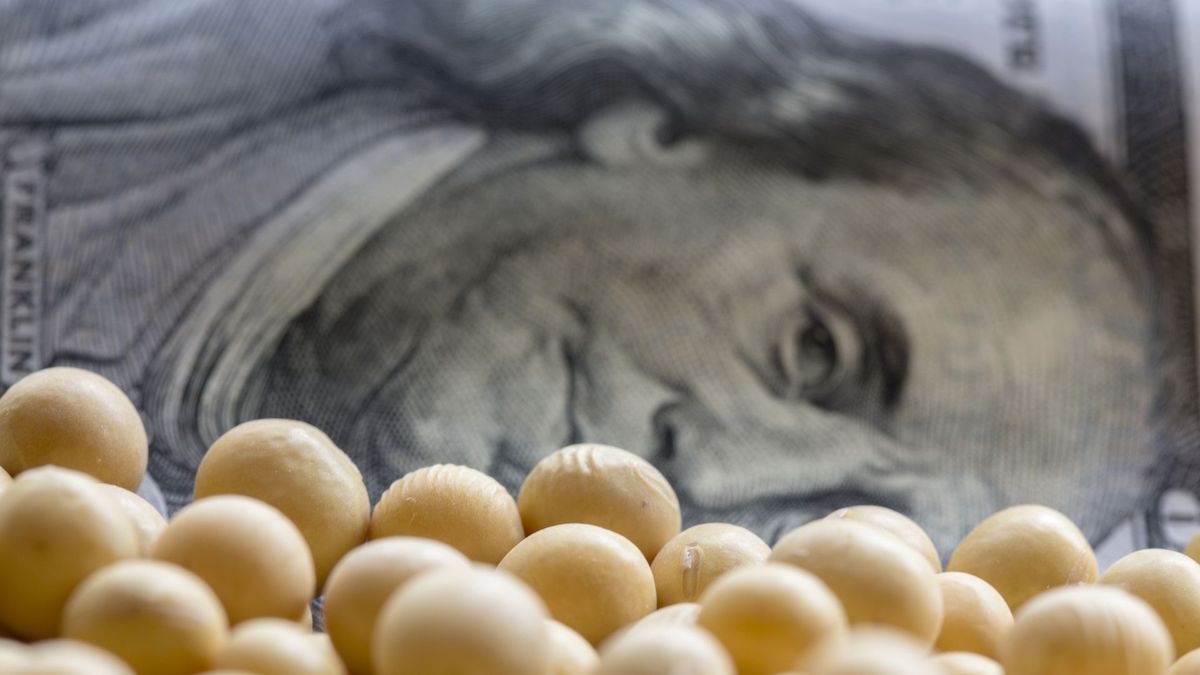The truth is that the official estimates for the second half of October indicate a lower inflow of foreign currency and higher outflow due to seasonal demand issues. In any case, as a result of the best international prices, a year-on-year increase in the order of 15% can already be envisaged.
In this framework, as explained by the Department of Economic Studies of the Buenos Aires Cereal Exchange, given the high rate registered throughout the year, the accumulated settlement until September reaches US $ 25,670 million, also a record that exceeds by a 70% to the record of 2020 and 27% to the second historical maximum of 2011. So if we continue with these prices and sales rhythm, the foreign exchange settlement would be around US $ 32,000 million this year.
Consequently, the field would contribute around US $ 6.3 billion during the last quarter of the year, a figure that is also an absolute record for this period and that marks an increase of 23.5% compared to October-November-December of the year. last year.
Logically, the evolution of the international prices of agricultural commodities play a key role in this story. At the beginning of last week the alarm lights went on when the Soy it hit its lowest value in 10 months to trade below $ 440 per tonne after the latest USDA report. On a positive note, soybean oil, the main product exported by Argentina, continues to show sustained values, even on Friday it closed at around US $ 1,350 per ton, also providing support to the price of beans, which closed the week with a slight go up to $ 447 for the November position.
What is expected from now on is that the entry of the United States harvest will put pressure on international prices but the truth is that for the moment soybeans, far from the record of US $ 600 per ton that it touched last May, it still shows sustained values compared to a year ago.
Regarding the commercial scenario in the local market, as explained by the Cereal Exchange: “the maintenance of the scenario of high prices encourages the sales of the producers. But the increase in the exchange rate gap plays in the opposite direction, discouraging sales, especially in the new campaign. Sales for the 2020/21 campaign continue their dynamism. While the sales of the 2021/22 campaign register a reduction in the growth rate. In the accumulated to date, the 2021/22 sales of corn are 26% below those of the previous season and those of soybean -9% ”.
David William is a talented author who has made a name for himself in the world of writing. He is a professional author who writes on a wide range of topics, from general interest to opinion news. David is currently working as a writer at 24 hours worlds where he brings his unique perspective and in-depth research to his articles, making them both informative and engaging.




